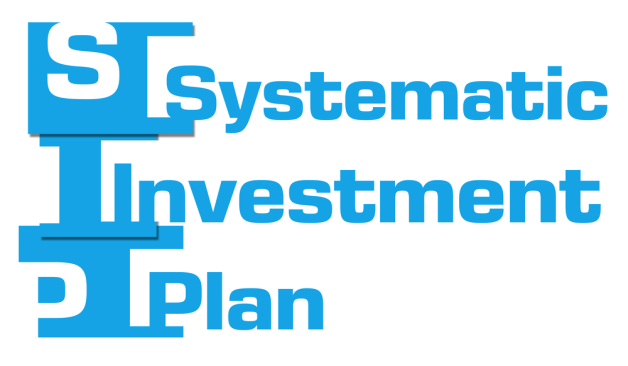
Benefits of SIP: Why should you continue SIP even at the market peak?
One of the best tools investors have at their disposal is a Systematic Investment Plan or SIP. It makes investing accessible to everyone and helps them create wealth over time. SIP brings discipline to your investment journey and helps you invest and get a return without worrying about market volatility. In this article, we will understand SIP in detail, its benefits, and why you should continue your SIP even at current market levels.
What is a SIP?
A Systematic Investment Plan (SIP) is a disciplined approach to investing in mutual funds and stocks. Most investors think it is applicable only for mutual funds, but you can do SIP in stocks too. It allows you to contribute a fixed amount of money regularly (usually monthly) to a selected asset (stocks or mutual funds). SIPs are designed to give you many benefits. Let us look at them in the next section.
What are the benefits of SIP?
Here are the top four SIP benefits:
Benefit 1: Rupee Cost Averaging
SIPs allow investors to buy more units when prices are low and fewer units when prices are high, thus averaging out the cost per unit over time. It helps you mitigate the impact of market volatility. Let us illustrate rupee cost averaging with an example. Suppose you decide to invest Rs 5,000 per month in a mutual fund through an SIP. Here's how rupee cost averaging works over three months, assuming the unit price of the mutual fund fluctuates:
- Month 1: You invest Rs 5,000 when the unit price of the mutual fund is Rs 50 per unit. With Rs 5,000, you purchase 100 units of the mutual fund (5,000 / 50).
- Month 2: The unit price of the mutual fund decreases to Rs 40 per unit. Since you are committed to investing Rs 5,000 per month, this time, the Rs 5,000 investment buys 125 units of the mutual fund (5,000 / 40).
- Month 3: The unit price of the mutual fund increases to Rs 60 per unit. Now, the Rs 5,000 investment buys 83.33 units of the mutual fund (5,000 / 60).
Now, let's calculate the average cost per unit over the three months:
Total amount invested: Rs 15,000
Total units purchased: 100 + 125 + 83.33 = 308.33 units
Average cost per unit = Total amount invested / Total units purchased
= 15,000 / 308.33
≈ Rs 48.63 per unit
Benefit 2: Timing the market is not possible
Attempting to time the market by starting or stopping SIPs based on market peaks is fraught with risk. In the above example, if you were not doing SIP, it would have been tough to buy at Rs 40 - fearing further fall and at Rs 60 - thinking the price is expensive. In such a situation, you would have missed the opportunity to invest and perhaps used the money somewhere else. Predicting market peaks and bottoms accurately is extremely difficult, if not impossible, even for seasoned investors.
Benefit 3: Compounding
Consistently investing over the long term allows for the power of compounding to work its magic. Compounding refers to earning returns not only on the original investment but also on the returns generated by that investment over time.
Benefit 4: Discipline
SIPs enforce discipline by encouraging regular investing regardless of market conditions. It prevents you from making emotional decisions driven by market euphoria or panic.
Planning to stop your SIP at market peak?
If you plan to stop your SIP at current levels because the market is at an all-time high - you need to answer this - how do you know this is the peak? How can you confirm it will not rise further. Let us give you some data to throw light on this point.
Between 2000 and 2021, the market made a high in 63 months. Only in 23 months, the market has corrected after making the high. It means that in 40 months, the market continued to rise to new highs.
Secondly, you need to understand that highs and lows are part of the market cycle. It is not in your control, and so you should not give it importance. All you need to do is continue your SIP, whether the market is at the bottom or high.
According to a report from FundsIndia, if you are a long-term SIP investor, your returns is almost similar regardless of whether you start your investment from the market bottom or top. In the long run, your returns average out, providing a stable return.
Let us say you started SIP at the market peak before the financial meltdown on January 8, 2008, at 7,643. Your friend started when the market made a low on October 27, 2008, at 3,096 - the market fell by 59%. You both continued your SIP until 2023. Then, the net SIP return would be 13.1% and 13.4%, respectively.
Before you go
Stopping SIPs during market peaks will deprive you of the benefits of rupee cost averaging and long-term compounding, potentially leading to missed opportunities for wealth creation. Therefore, it is essential to stay invested and maintain discipline irrespective of market conditions.
 Top Mutual Funds
Top Mutual Funds



